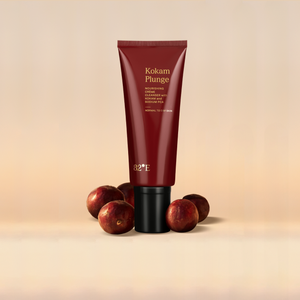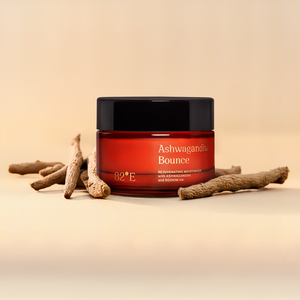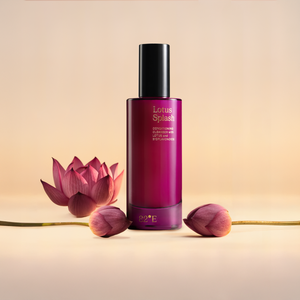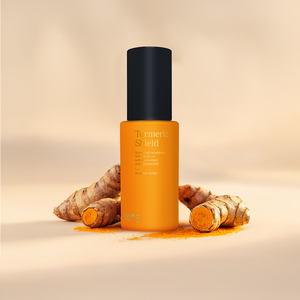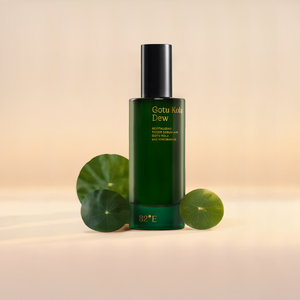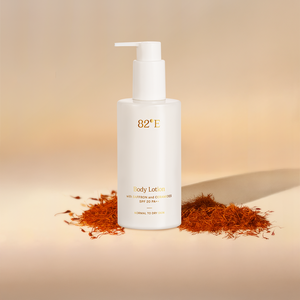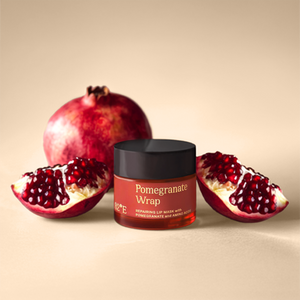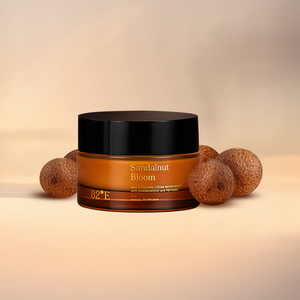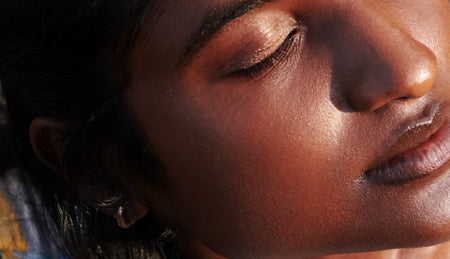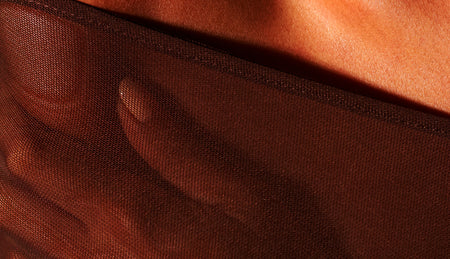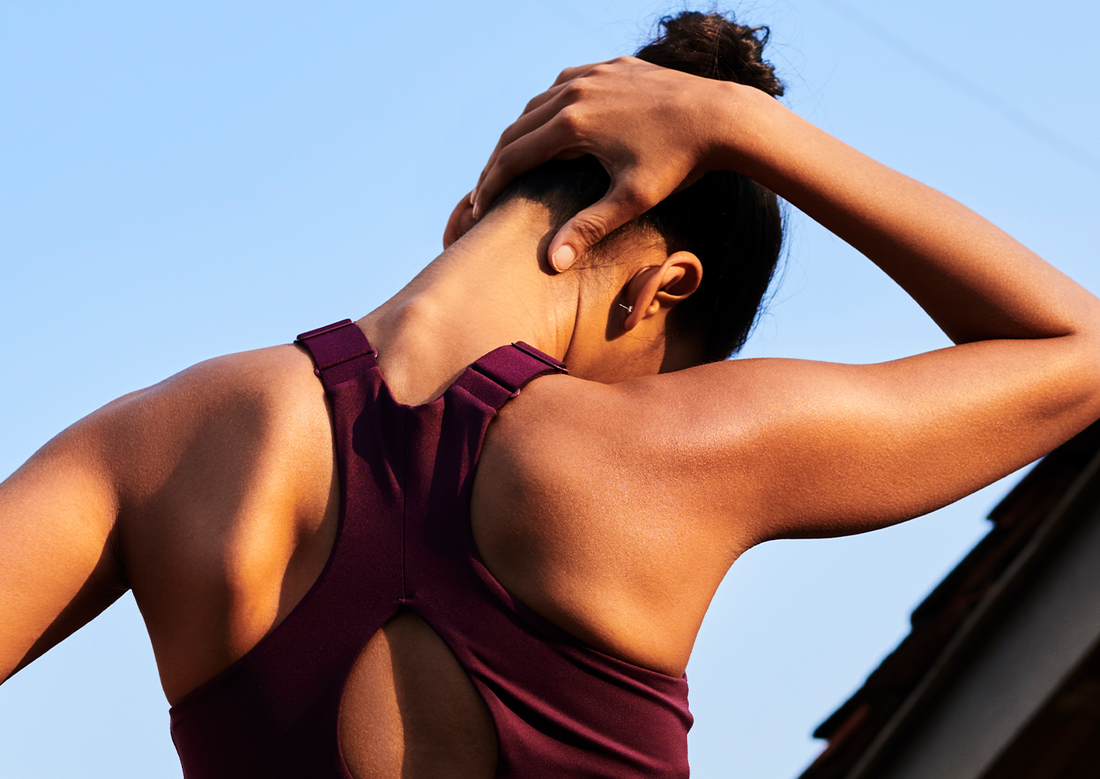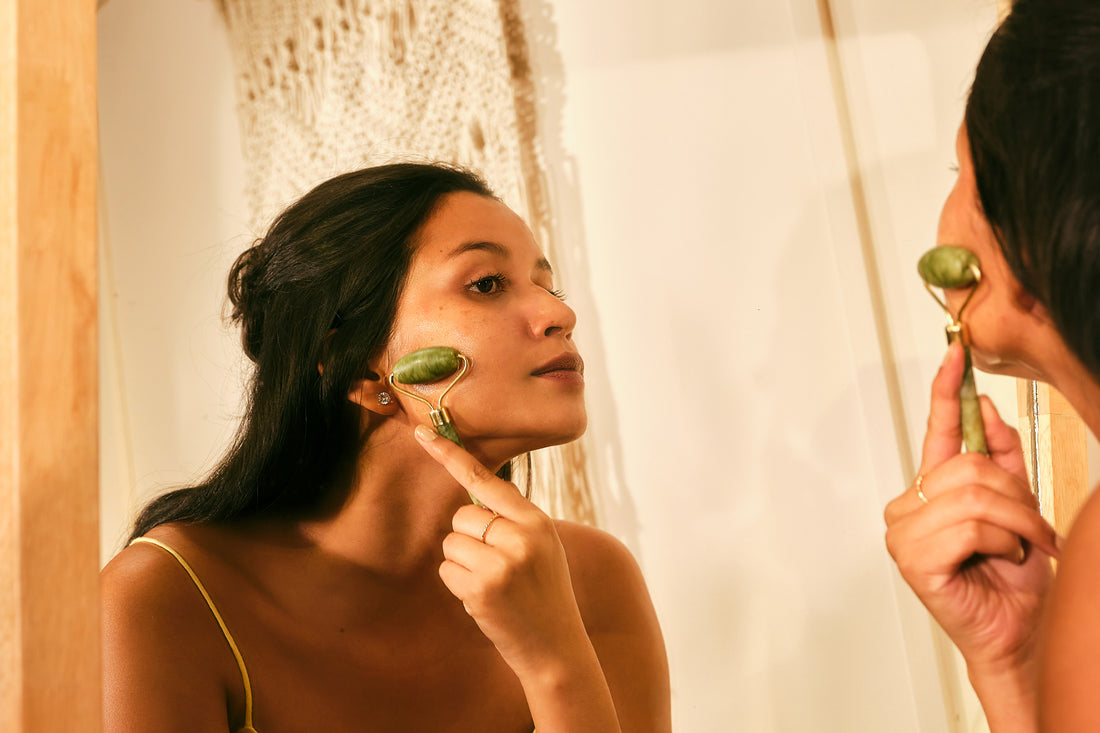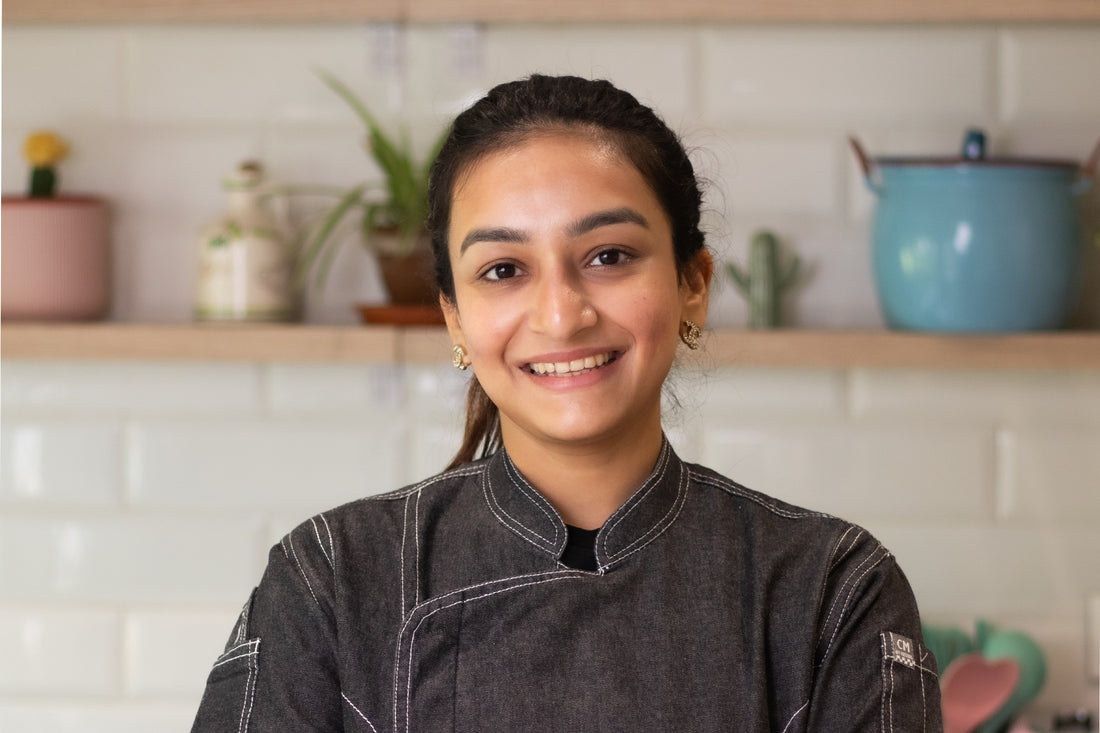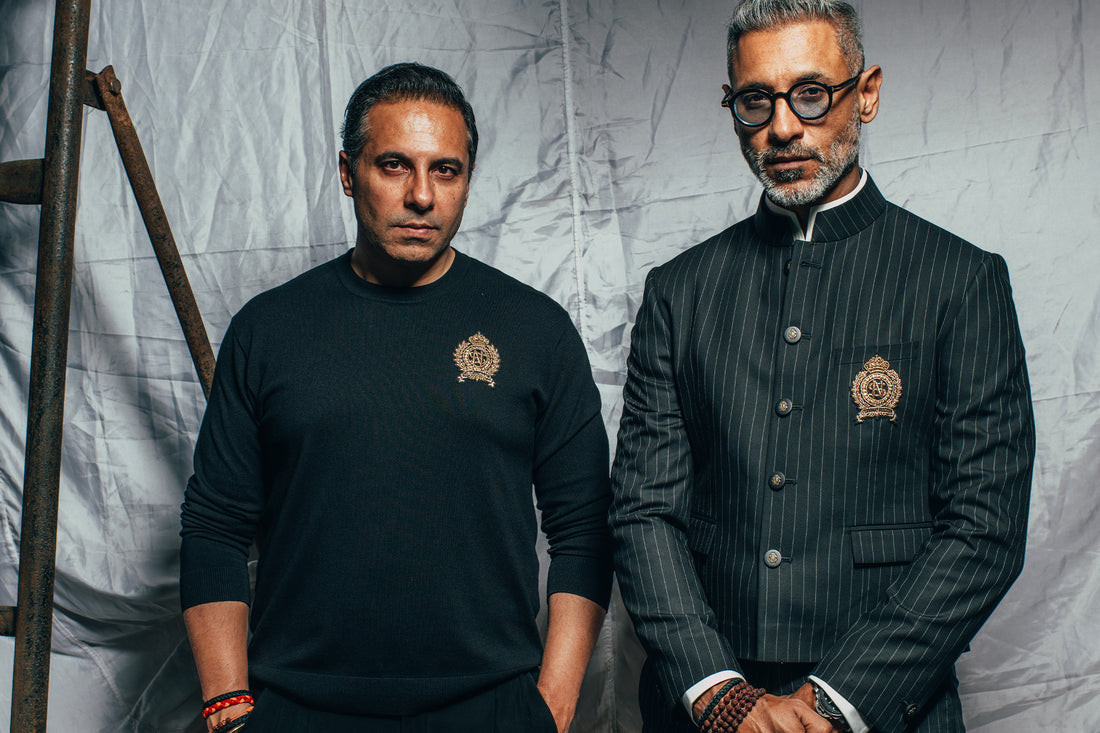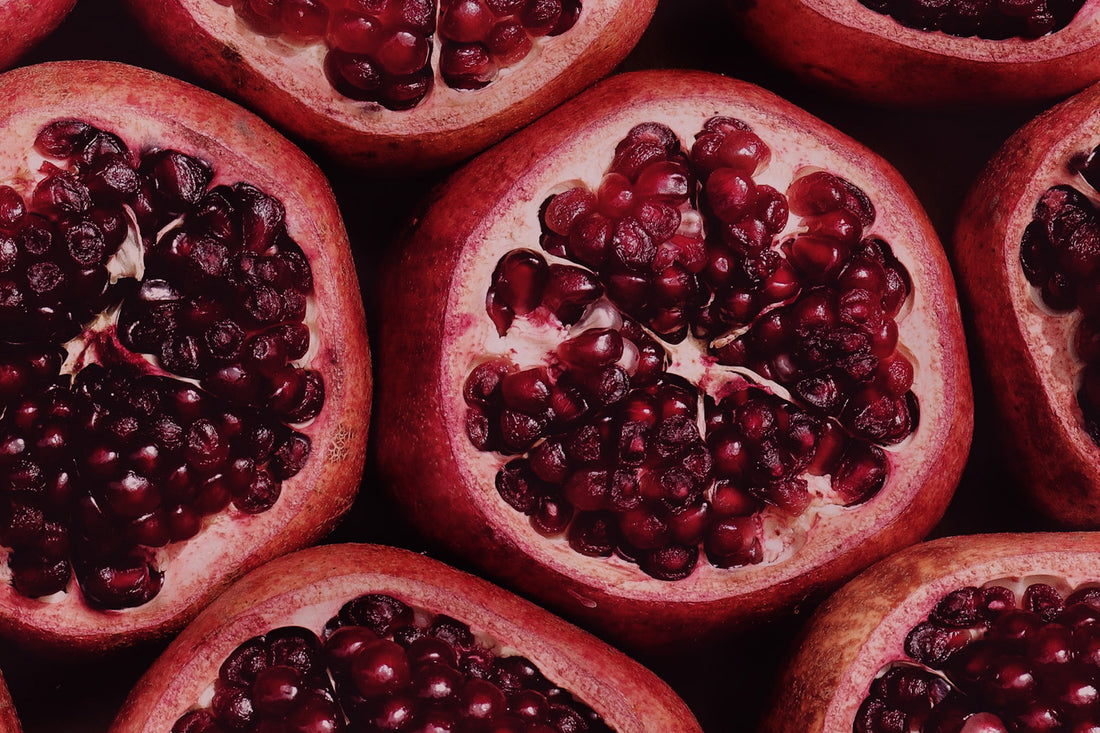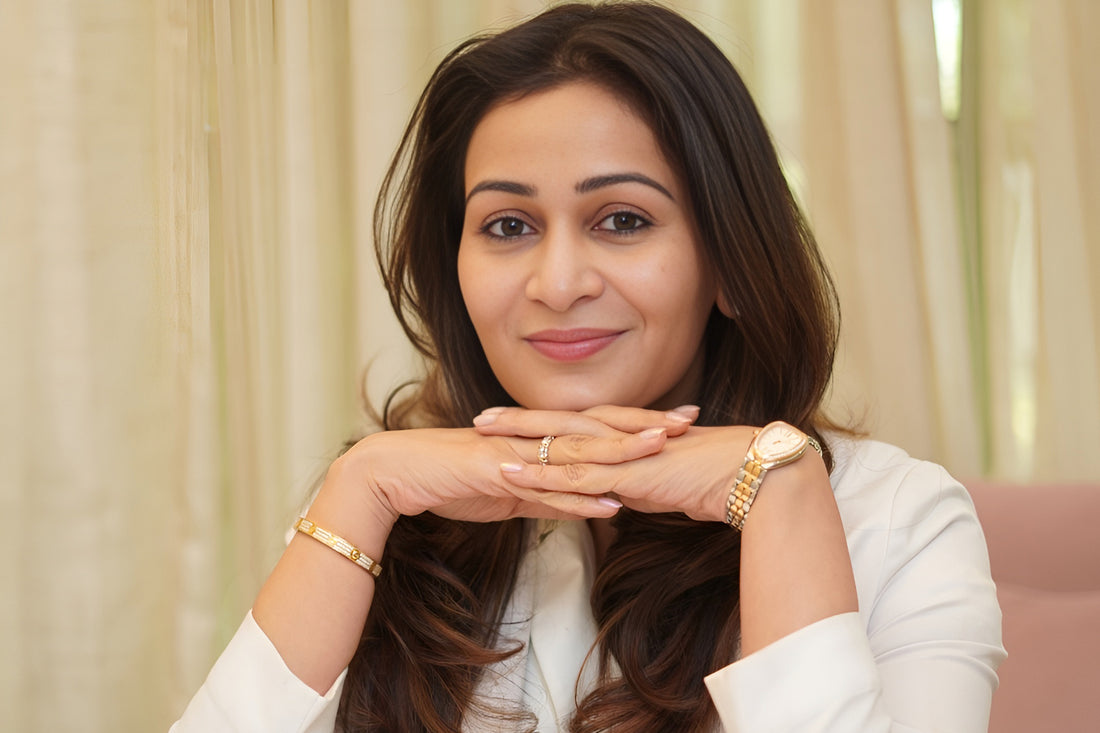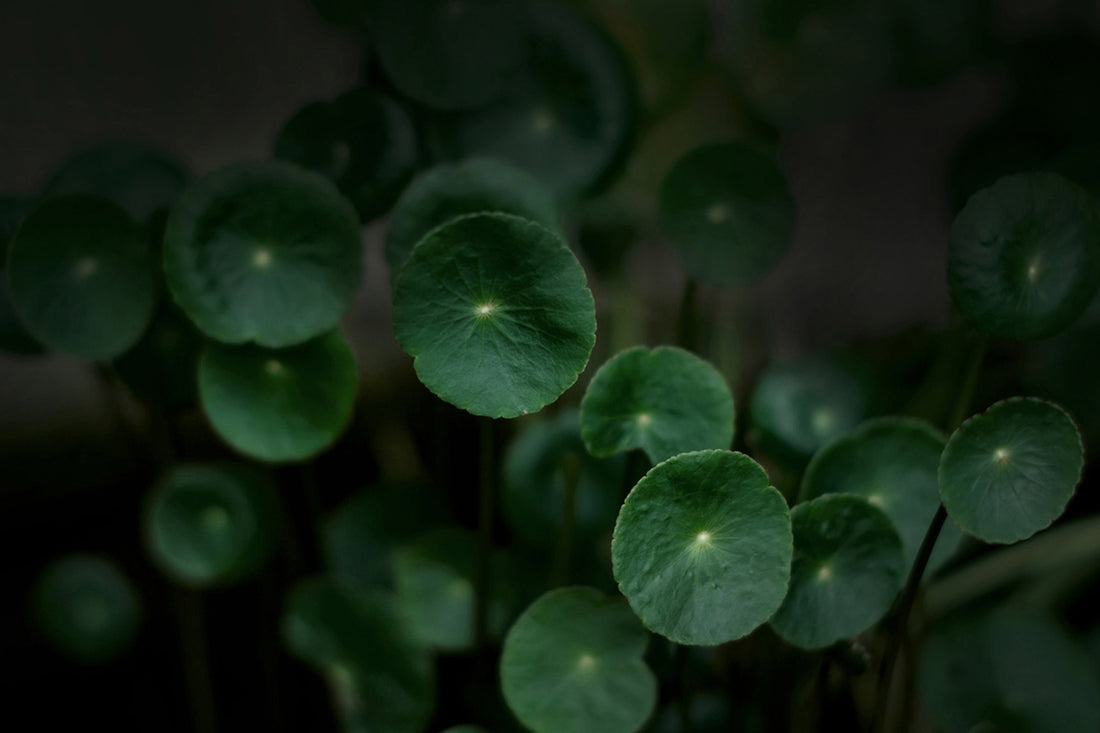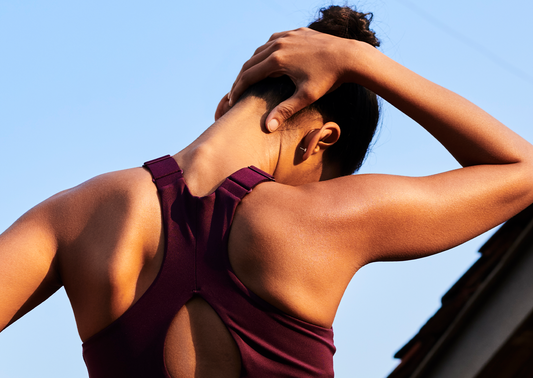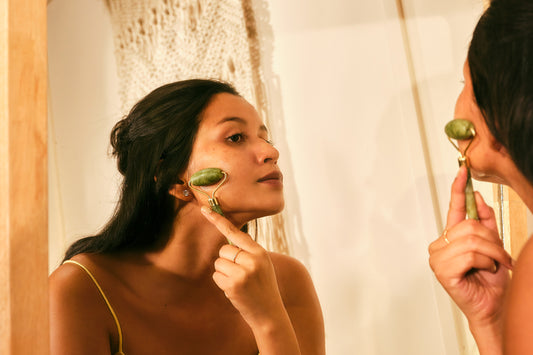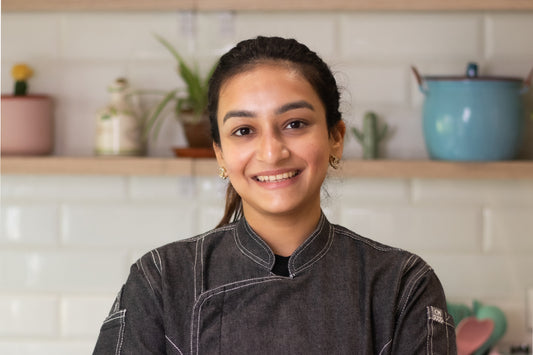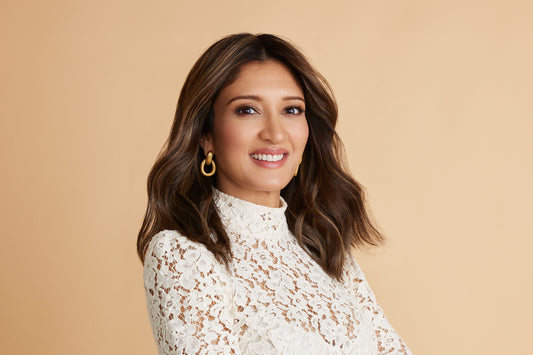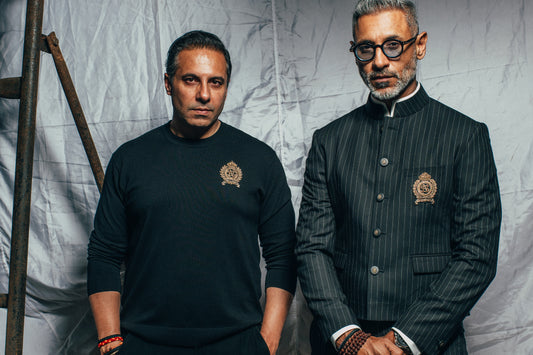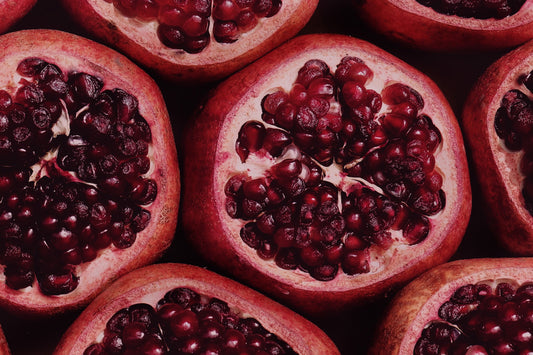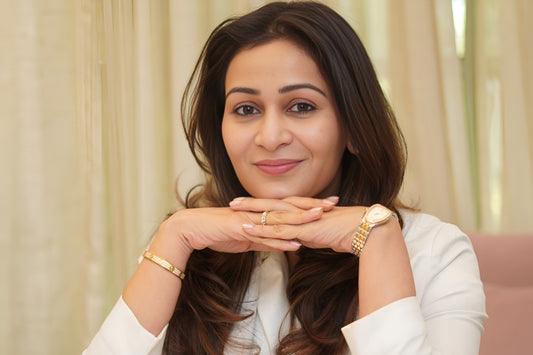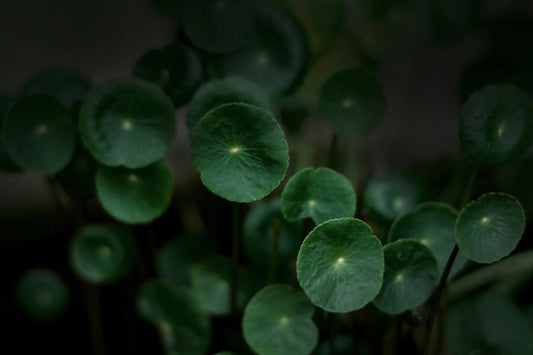
“While it may sound a bit crazy, doodling can actually help calm the racing mind and bring it back to a more quiet, restful space, not unlike meditation.”
Carol Edmonston, author of “The Healing Power Of Doodling: Mindfulness Therapy To Deal With Stress, Fear & Life Challenges”
As we stretch ourselves to try and meet the demands of our daily lives, we also need to be mindful of finding moments of tranquillity. These pauses are important to help us recharge and important for our physical and mental well-being.
One powerful way to achieve this serenity is through meditative doodling. Yes! The same pen-and-paper practice that children indulge in, but more intentional. While doodling is a powerful tool for relaxation and self-expression, meditative doodling focuses on slowing down your mind and being present in the moment.
If you’ve never considered adding meditative doodling (also called mindfulness drawing) into your meditation routine to nurture inner peace, you’re in the right place. Discover the wonders of this artful practice, its benefits and how you can easily integrate it into your life.
What is Meditative Doodling?
This is taking doodling (sketching or drawing aimlessly) and transforming it into a self-care ritual.
Meditative doodling is the intentional and mindful version of traditional doodling. It combines the principles of meditation with the spontaneous nature of doodling. This combination creates a powerful harmony that amplifies relaxation and focus.
Meditative doodling is about being present in the moment, letting go of expectations, and allowing your creativity to flow naturally. By immersing yourself in the meditation drawing process, you enter a state of ‘flow’ — time seems to slow down, and your worries fade away.
The History of Meditative Doodling
Zentangle is a popular practice of meditative doodling. The term "zentangle" itself was coined by a monk named Rick Roberts and Maria Thomas, an artist, in the early 2000s. They developed a method of creating abstract, structured drawings using patterns, which they found to be relaxing and meditative. Their goal was to create a simple, accessible way for people to engage in art and mindfulness simultaneously.
However, the concept of meditative and repetitive drawing can be traced back to ancient practices such as mandalas in Hindu and Buddhist traditions. Mandalas are intricate geometric designs often used as aids for meditation, representing the universe and the self. These patterns are created through a repetitive and focused process, encouraging a state of mindfulness and inner reflection.
Likewise, various forms of traditional art and crafts, such as Native American sand painting or Islamic geometric art, incorporate intricate patterns and repetitive designs. These practices often have spiritual or meditative components, promoting concentration and a sense of calm.
Benefits of Meditative Doodling
Doodling is often dismissed as a ‘simple activity’ but has amazing benefits for your overall well-being. The drawing exercises involved in meditative doodling go beyond just passing the time with pen and paper. It combines the power of creativity and mindfulness. It offers plenty of benefits to improve your mental, emotional, and physical health.
Lower stress: Meditative doodling can help you de-stress by activating the part of your nervous system that helps you unwind. This lowers stress hormone levels, leaving you calm and relaxed.
Improved focus: Similar to meditation, this practice enhances concentration, boosts productivity and improves creativity in various areas of your life.
Enhanced creativity: By stimulating the creative hemisphere of your brain, regular meditative doodling improves your overall creative expression.
Emotional release: Meditative doodling provides a unique outlet for expressing and processing emotions that are difficult to put into words.
Better skin: Meditative doodling indirectly contributes to better skin health. With lower stress levels, skin inflammation reduces, your complexion clears and improves and the ageing process slows down.
Ways to Practice Meditative Doodling
The beauty of meditative doodling lies in its simplicity and accessibility. No special skills, tools or artistic talent are required to reap its rewards. If you’re all set to embark on a journey of tranquillity and self-discovery, here are delightful ways to incorporate meditative doodling into your daily routine.
Set the stage: Find a quiet, comfortable space and create a relaxing ambience with scented candles or calming music.
Gather your materials: Grab paper and your favourite drawing tools, like pens, markers, or coloured pencils.
Breathe and centre yourself: Take a deep breath to focus your mind and set an intention for your meditative doodling session, such as ‘finding inner peace’ or ‘expressing gratitude’.
Start doodling: There are no rules! Let your hand move freely, creating patterns, shapes or lines that come naturally. Focus on the process, not the outcome.
Embrace imperfections: Don’t aim for perfection. Embrace imperfections and let go of self-judgement; the meditative experience matters most.
Stay present: If your mind wanders, gently bring your attention back to your doodling, staying in the present moment.
Experiment with colours: Use different colours to evoke emotions and add vibrancy to creations. Follow your intuition.
Set a time limit: Practice for as long as you like, but even a 10 to 15-minute session can be highly beneficial. Set a timer to avoid worrying about the time.
Reflect on your doodles: After doodling, take time to observe your creation. Reflect on how you felt and any insights that arose during the session.
